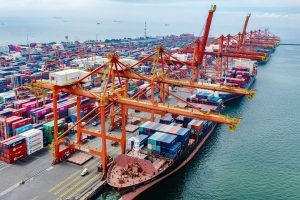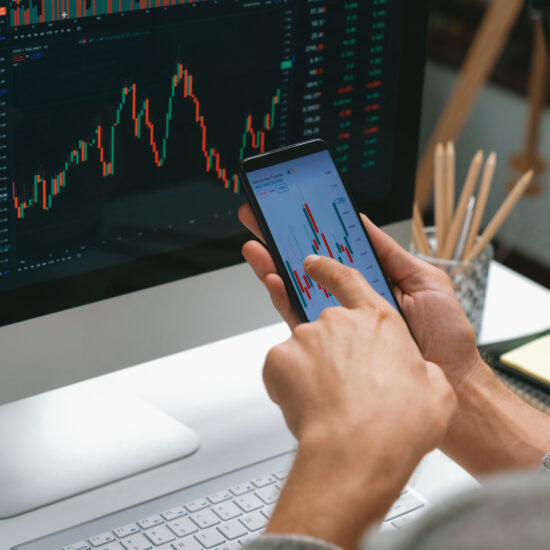DISRUPTED trade is hindering the economy from returning to its pre-pandemic levels with consumer spending, the main driver of the economy, remaining weak, analysts said.
“The country is susceptible to a decrease in export demand and disrupted supply chains due to subdued global growth and trade fragmentation,” Security Bank Corp. Chief Economist Robert Dan J. Roces said in a Viber message.
The impact of the pandemic continues to be felt in weak consumer spending and elevated living costs, Pantheon Macroeconomics Chief Emerging Asia Economist Miguel Chanco said in an e-mail.
“In the Philippines’ case, one of the biggest and ongoing structural headwinds against faster consumer spending growth is the damage caused by the pandemic and, subsequently, the global cost of living crisis, on household savings,” he said.
Consumption would have helped expand the economy further if the government focused on upscaling domestic industries during and post-pandemic, Ateneo De Manila economics professor Leonardo A. Lanzona said.
“Instead, we remain reliant on imports for consumption, remittances for our external funds, and unskilled workers and services as our production sector. On top of this, we have been embroiled with the maritime tensions with China,” Mr. Lanzona said via Messenger chat.
Household consumption, which accounts for more than a quarter of gross domestic product (GDP) growth, expanded 4.6% in the first quarter, the weakest reading since the pandemic. Government spending only grew 1.7%, contributing 0.2 percentage points (ppts) to GDP.
In its Global Economic Prospects report, the World Bank said global growth is expected to be a half percentage point lower than in the past decade due to geopolitical tensions, fragmented trade, and upside risks to inflation, prompting central banks to delay rate cuts.
To mitigate global trade and policy risks, the Philippines must diversify its exports and bolster domestic demand and infrastructure, Mr. Roces said.
It must also invest in human capital and utilize sound fiscal and monetary policy to minimize risk, he added.
Elevated interest rates will continue to slow private investment in the Philippines, delaying its return to pre-pandemic levels, Mr. Chanco said.
“Private fixed investment has yet to return to pre-COVID levels, and part of the problem is, in our view, the overly aggressive tightening cycle of the BSP (Bangko Sentral ng Pilipinas) in response to a predominantly supply-driven inflationary shock that can’t be corrected by monetary policy,” he said.
The World Bank also noted that the faster-than-expected US growth would benefit exporting economies in the East Asia and the Pacific.
The bank its global GDP growth projection to 2.6% from 2.4% in January amid the US economy’s sustained growth.
However, changes in world food and oil prices pose bigger threats to the Philippines than global trade slowdowns, Foundation for Economic Freedom President Calixto V. Chikiamco said.
“Exports remain a small percentage of Philippine economic growth, and consumption remains the biggest driver of Philippine GDP growth,” he said via Viber.
Net exports of goods and services accounted for 1.2 ppts of GDP growth in the first quarter, according to the Philippine Statistics Authority.
“Global food and oil prices will have a much bigger impact on the Philippines as the country is a major importer of energy and food,” Mr. Chikiamco added. — Beatriz Marie D. Cruz





